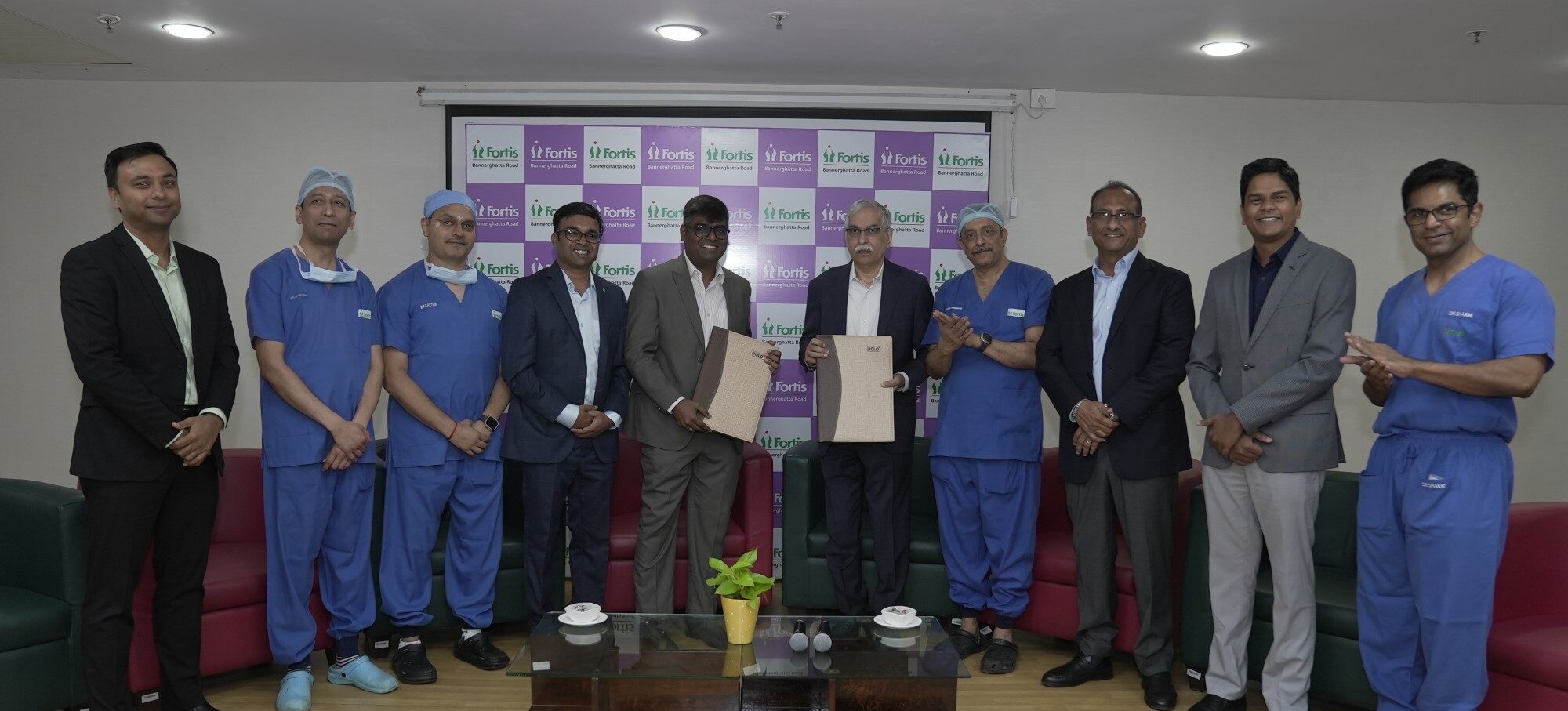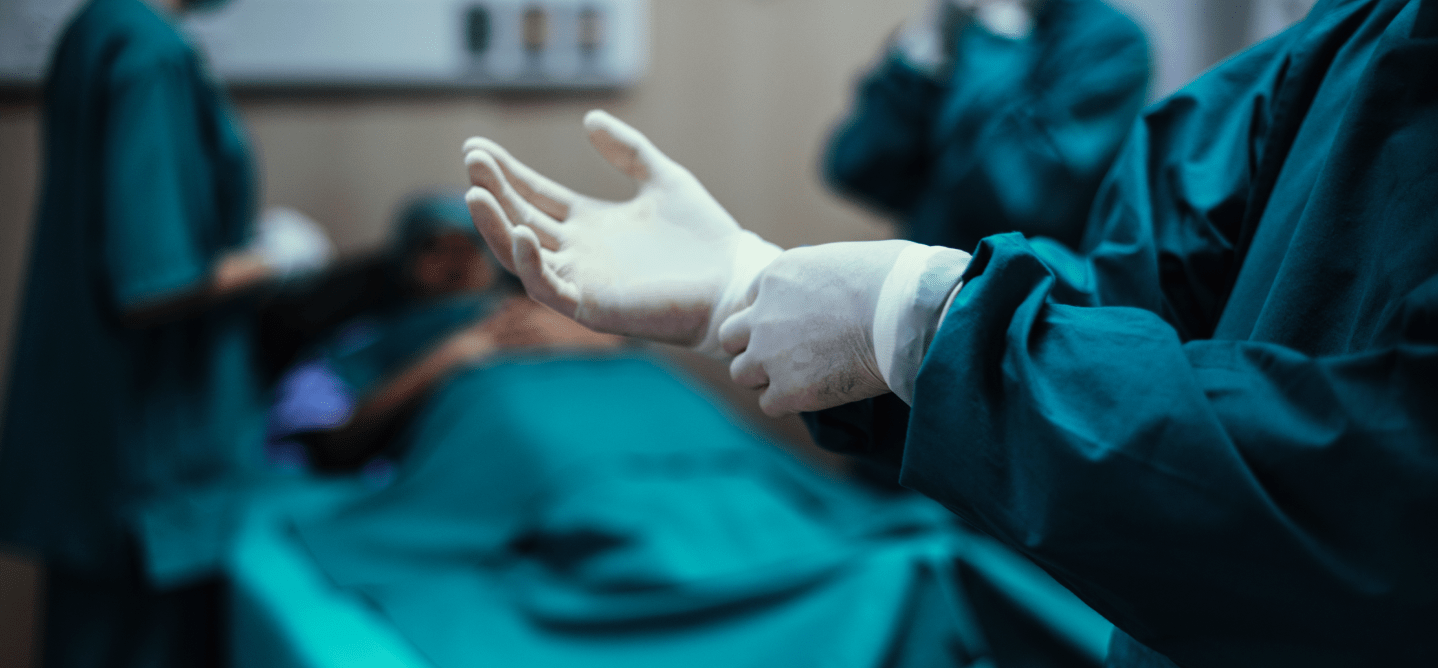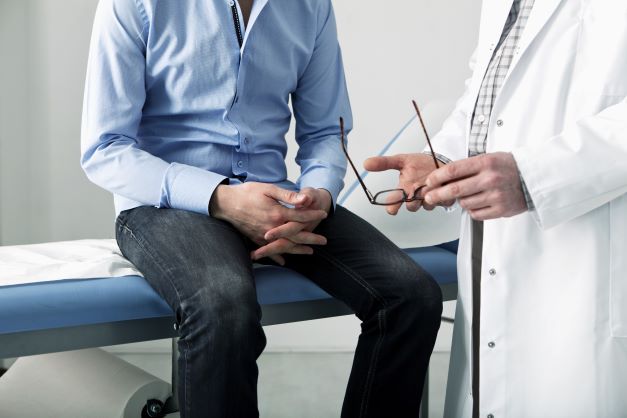Men treated with the Prostatic Urethral Lift (PUL) procedure (using the UroLift® System) showed preservation and some improvement of sexual function compared to men being treated with medication for benign prostatic hyperplasia (BPH), according to a comparative analysis study published in the peer-reviewed journal, European Urology Focus, examining the impact of PUL vs. medical therapy on male sexual health.
The comparative analysis “Prostatic Urethral Lift vs. Medical Therapy: Examining the Impact on Sexual Function in Men with BPH,” is the first study to longitudinally compare sexual function outcomes between major PUL studies1-4 and data from the Medical Therapy of Prostatic Symptoms (MTOPS) trial. Treatment-related changes in sexual function were reported by validated patient questionnaires.
Researchers demonstrated that the UroLift® System procedure maintained sexual function among sexually active men in all three domains (erectile function, ejaculatory function, and sexual satisfaction) that were examined. Sexual function at certain timepoints was improved. This was in contrast to daily treatment with an alpha blocker (doxasozin), 5-alpha-reductase inhibitor (finasteride), either alone or in combination with each other.
Mean percent changes in erectile function, ejaculatory function, and sexual satisfaction from patient reported questionnaires were analyzed to determine improvements in sexual function.
Key findings include:
- Patients experienced improvement in erectile function (17% at 1 year and 21% at 2 years) following the UroLift® system procedure. PUL was shown to be superior at preserving erectile function compared to medical therapy, specifically: doxazosin at 1 and 2 years, finasteride at 2 and 4 years, and combination therapy at 1 year.
- Men who received the UroLift® System also experienced improvements in ejaculatory function over 4 years, with mean percentage changes from baseline in ejaculatory function score reaching 35%, 33%, 14%, and 18% at 1, 2, 3, and 4 years respectively. Conversely, men treated with finasteride or combination therapy experienced a decline in ejaculatory function.
Among the drug therapy groups, combination therapy resulted in the greatest decrease in ejaculatory function, leading to a statistically significant reduction in the mean ejaculatory function score relative to baseline at 1 and 2 years of 17% and 13% respectively. - Sexual satisfaction scores among patients treated with the UroLift® System increased 22%, 21%, 19%, and 28% at 1, 2, 3, and 4 years respectively. In contrast, subjects treated with doxazosin, finasteride, or combination therapy experienced an overall decrease in sexual satisfaction during follow-up. However differences in mean percentage change from baseline were not statistically significant.
This study highlights potential of the UroLift® System in preserving sexual function in BPH patients, outperforming medications that are prescribed for BPH.
Download our Info Booklet and talk to your patient about theUroLift® System today.
The UroLift® System is indicated for the treatment of symptoms due to urinary outflow obstruction secondary to benign prostatic hyperplasia (BPH) in men 50 years of age or older and enlarged prostate up to 100cc. Most common side effects are temporary and include hematuria, dysuria, micturition urgency, pelvic pain, and urge incontinence.5 Rare side effects, including bleeding and infection, may lead to a serious outcome and may require intervention. Consult the Instructions for Use (IFU) for more information.
Explore Other Articles

Teleflex Announces Sale of Interventional Urology Business
Read More
Teleflex signs MoU with Fortis Hospitals in India to create a UroLift™ Center of Education
Read More
Clinical Study Proves UroLift® System Is Effective in Improving Benign Prostatic Hyperplasia (BPH) Symptoms
Read More
Address BPH Symptoms Early to Prevent Permanent Bladder Damage and Improve Long-Term Quality of Life
Read MoreNot all products shown on the website may be approved in all regulatory jurisdictions. Consult with your local Teleflex representative for details.
References
1.
Roehrborn, Can J Urol 2017
2.
Rukstalis, BJU Int 2016
3.
Rukstalis, Pros Ca Pros Dis 2019
4.
McConnell, N Engl J Med 2003
5.
Roehrborn, J Urology 2013 LIFT Study
Healthcare Professional Confirmation
The information on the page you are about to enter is intended for Healthcare Professionals
only.
By clicking the box below, you confirm that you are a Healthcare Professional.

